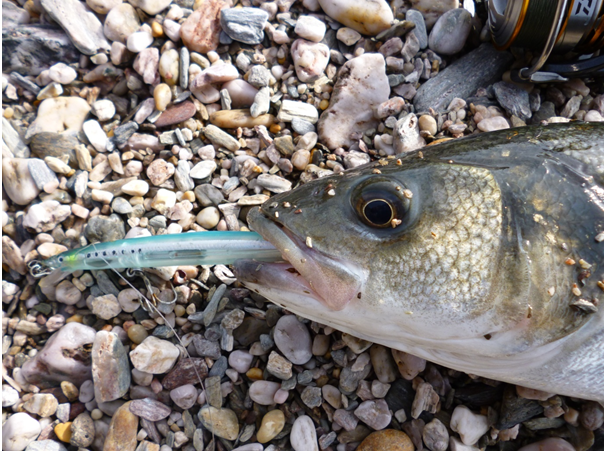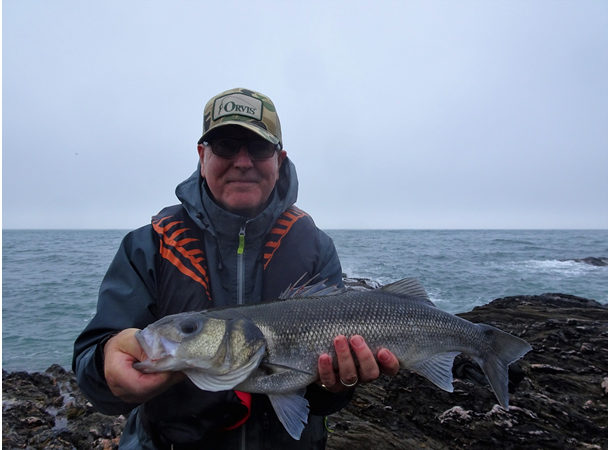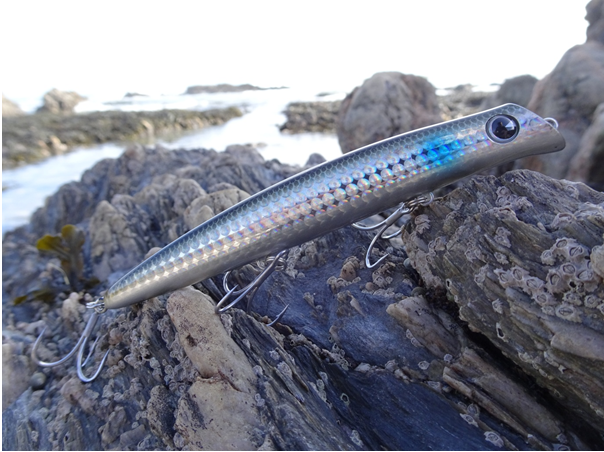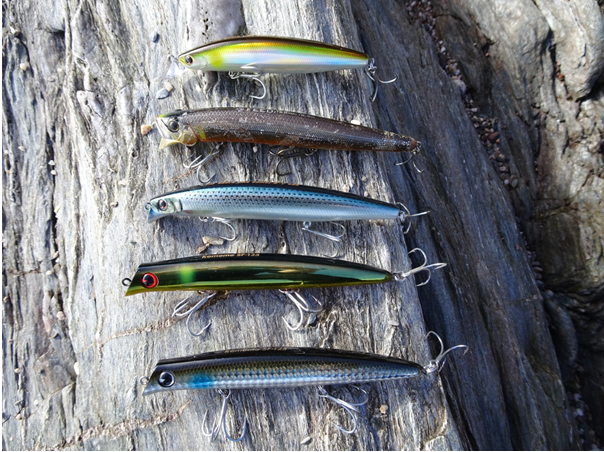Hard Diving Minnows – My Approach (Part 1 of 3)
Posted by Marc Cowling (South Devon Bass Guide) on 23rd Jul 2019

If I think back to perhaps five to ten, and most definitely fifteen years ago, the first lure that was extracted from my lure box at the start of a session would have been a hard diving minnow of some description - blimey how things have changed! Back then, I would also say that a high percentage of my bass lure fishing sessions overall (between 70-90% perhaps) would have involved utilising either a shallow, medium or deeper diving/swimming yet buoyant lure of some variety. So what’s changed? What do I look for when purchasing these proven bass catchers? But even more importantly, under what circumstances do I still attach what is arguably the quintessential bass lure, and how have I utilised them in more recent times?
In Part 1 of this three part series I will describe why I decided to change my personal approach to using hard diving minnows, in addition to what characteristics or attributes I now consider as essential. In Part 2, I will continue with this theme, with Part 3 concentrating on when I feel more confident in their bass catching capabilities, in conjunction with how I have utilised them more recently.
Followers
I vividly remember my initial forays as a teenager (two years worth before I eventually caught a bass on a lure!) whilst regularly fishing a mark where large boulders were present - large enough that I could hide behind them over high water and cast/retrieve my Rapala or Maria Chase lures without the bass seeing me. I thought I was being exceptionally clever attempting to conceal myself in this manner, however, what amazed and equally frustrated me, was the amount of times that a bass would simply ‘follow’ the lure all the way to the rod tip, before subsequently refusing it.
Now admittedly, most of these sessions were conducted in calm conditions, during an evening high tide in the late spring, summer and early autumn when the sea was warm and generally gin clear. But it still took a number of years after these events for the penny to finally drop! These mostly immature bass had smelt a rat as it were!

A 5lb bass, landed by one of my clients on a hard diving/floating hard minnow in more ‘typical’ bass conditions (dull, with white water crashing around the rocks).
They saw the lure, interrogated it and then decided, ‘No, that doesn’t look like what I initially thought it might be’ (a sandeel, mullet, blennie, rockling, pollack, etc.) before deciding to ignore it. Just imagine how many times this occurs under the water when you don’t or can’t physically see the fish following the lure? I strongly suspect that the angler might only see or witness a ‘follower’ around one in the twenty or thirty times that it actually occurs (this is purely conjecture on my part may I add).
Behaviour
The more I have come to attempt to understand bass and their behaviour, the more I have come to realise that their eyesight must be absolutely exceptional - no other inshore fish comes close in the ‘hunting stakes’ to these mercurial, yet highly adept assassins. Furthermore, and perhaps crucially so, in a high percentage of cases the less time you give a bass to make their mind up about whether your lure is a potential meal the more positive they will be.

The IMA Komomo SF125.
Think about it, under which circumstances and with which type of lure do many young or inexperienced anglers catch their first ever bass? I’d hazard a guess that it is when the sea is rough and relatively cloudy, and whilst retrieving a shimmering metal lure of some description... This is because the bass will only have a split second in which to make up its mind - all of which forms the bulk of the reason why I have moved away from this lure type when fishing in calm, clear sea conditions especially.
Attributes
Below is a list of characteristics and attributes associated to the hard diving minnows that I use in the course of my personal and guided bass lure fishing sessions:
- Colour
- Swim Depth
- Movement
- Size and shape
- Casting capabilities
Colour is a very subjective aspect here, as I don’t believe Scientists have yet been able to prove which colours fish can see. But for sure, darker coloured patterns (blues, greens, greys and browns) provide a greater overall silhouette (especially in deeper water due to the amount of light penetration) therefore, this is something that predators like bass will be tuned into and that the lure angler should be also.

A selection of shallow diving hard lures from my personal collection - note the very natural colour configurations.
Moreover, lures that emit a flash or shimmer via a silvery configuration on their flanks will form the backbone of my lure personal lure collection, with variants of the same lure but encompassing a red or orange belly also prevalent. The way I see it, nature is nature, and if a bass is actively searching or expecting to see a creature or prey item looking (shape, colour, size) or moving in a certain way then why not attempt to replicate this to the best of your ability?
In Part 2, I will continue to discuss the remaining items incorporated in the list above.
Marc Cowling (South Devon Bass Guide) is a fully insured, shore based bass fishing guide who specialises in catching this majestic sporting species on lures.
